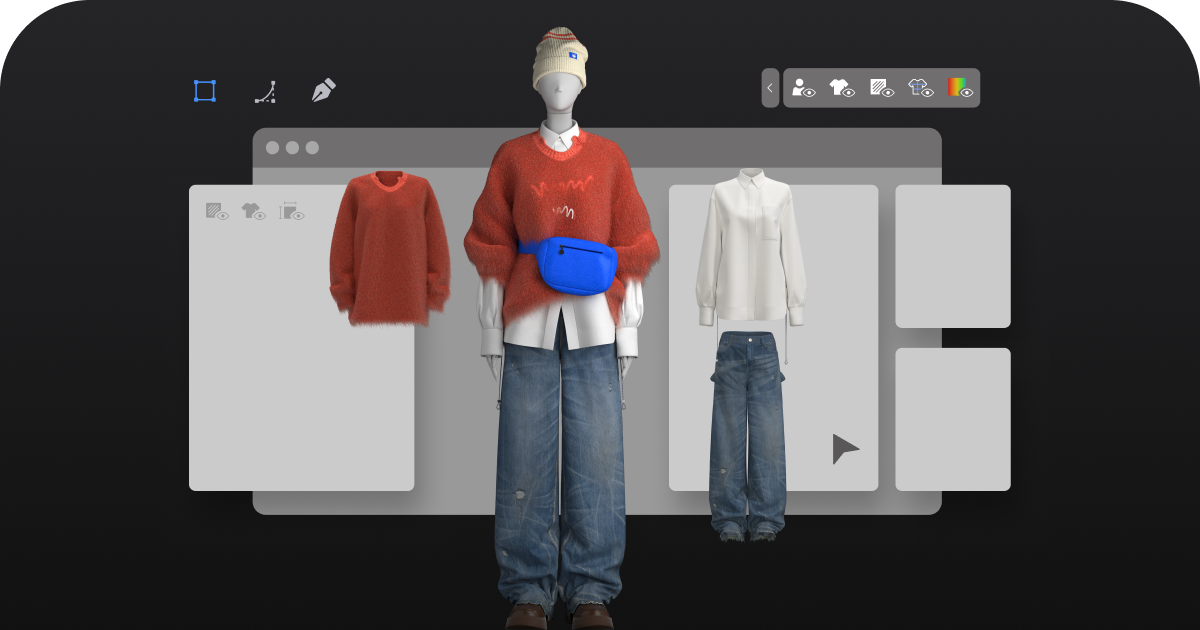
# Fashion Design Software: Tools for Creative Professionals
## The Evolution of Fashion Design Software
Fashion design software has revolutionized the way creative professionals bring their visions to life. Gone are the days when designers relied solely on pencil sketches and physical prototypes. Today’s digital tools offer unprecedented precision, efficiency, and creative freedom.
Modern fashion design software combines traditional design principles with cutting-edge technology, enabling designers to create, modify, and visualize their concepts with remarkable accuracy. These tools have become essential for both established fashion houses and independent designers looking to compete in a fast-paced industry.
## Key Features of Professional Fashion Design Software
### 1. Digital Pattern Making
Advanced software solutions now include sophisticated pattern-making capabilities that allow designers to create precise garment patterns digitally. This eliminates much of the manual work traditionally required in pattern drafting while maintaining the accuracy needed for professional results.
### 2. 3D Garment Visualization
One of the most significant advancements in fashion design software is the ability to create realistic 3D renderings of garments. Designers can see how fabrics will drape and move on virtual models, making it easier to evaluate designs before producing physical samples.
### 3. Fabric Simulation
High-end fashion design programs incorporate realistic fabric simulation, allowing designers to visualize how different materials will behave. This feature helps in selecting appropriate fabrics and understanding how they’ll interact with the garment’s structure.
## Popular Fashion Design Software Options
Several software packages have become industry standards for fashion professionals:
– Adobe Illustrator: While not exclusively for fashion, its vector tools are widely used for technical drawings
– CLO 3D: Specializes in 3D garment simulation and virtual prototyping
– Optitex: Offers comprehensive pattern making and 3D visualization tools
– Browzwear: Focuses on 3D fashion design and product development
– Lectra Modaris: A professional-grade solution for pattern making and grading
## Benefits of Using Fashion Design Software
Implementing digital tools in the design process offers numerous advantages:
– Reduced material waste through virtual prototyping
– Faster iteration and design modifications
– Improved communication with manufacturers through precise technical drawings
– Ability to create digital collections for presentations
– Cost savings in sample production
– Easier collaboration among team members
## Choosing the Right Software for Your Needs
When selecting fashion design software, consider these factors:
– Your specific design needs (apparel, accessories, footwear)
– Budget constraints
Keyword: fashion designing software
– Learning curve and available training resources
– Compatibility with other tools in your workflow
– Hardware requirements
– Industry standards relevant to your market
For beginners, starting with more accessible programs like Adobe Illustrator or basic versions of specialized software might be advisable before investing in high-end professional solutions.
## The Future of Fashion Design Technology
As technology continues to advance, we can expect fashion design software to incorporate more artificial intelligence, augmented reality, and sustainable design tools. These developments will further streamline the design process and open new creative possibilities for fashion professionals.
The integration of virtual and augmented reality is particularly promising, potentially allowing designers to “wear” and evaluate their creations in real-time through immersive technologies. Similarly, AI-powered tools may soon assist with fabric selection, trend forecasting, and even generating initial design concepts.